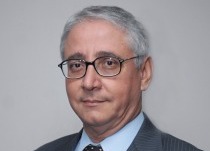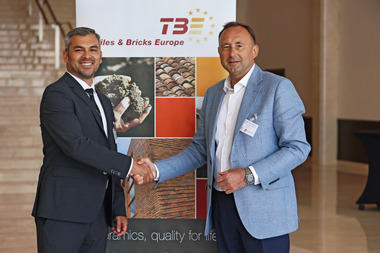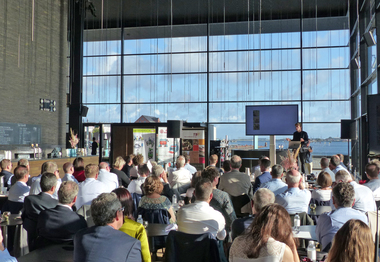Navigating the Ceramics Best Available Technique Reference Document Revision –
Key Challenges and Developments for the Ceramic Industry
The ongoing revision of the Ceramics Best Available Techniques Reference Document (CER BREF) under the EU Industrial Emissions Directive (IED) represents a defining moment for the European ceramic industry. While the sector has long been committed to environmental responsibility, the current developments raise complex challenges that call for both technical scrutiny and strong policy engagement.
Understanding the CER BREF
The CER BREF is a sector-specific document that outlines the Best Available Techniques (BAT) for preventing or minimising emissions to air, water, and soil from ceramic manufacturing processes. The document aims at setting binding ranges for emissions to air and water (BAT-AELs) and for the plants’ environmental performance (BAT-AEPLs), as well as indicative benchmarks, which altogether constitute the basis for an installation’s operating permit. The CER BREF revision is part of the so-called “Sevilla Process” coordinated by the European Commission and the European Bureau for Research on Industrial Transformation and Emissions (EU-BRITE), which brings together Member States, industry representatives, NGOs, and Commission services in a Technical Working Group (TWG).
The current CER BREF, first adopted in 2007 under the Integrated Pollution Prevention and Control (IPPC) Directive, is being updated for the first time under the revised IED (IED 2.0), which entered into force in August 2024. This revision introduces stricter requirements in terms of emission limit values (ELVs), environmental performance, and the integration of decarbonisation and circular economy principles. After the release of a new draft in November 2024, Cerame-Unie – the European ceramic industry association, including experts from the brick and roof tiles industry (TBE), coordinated a wide set of comments and technical remarks to the document, highlighting the main concerns and key messages for the sector.
Key Concerns and Sector-Wide Implications
As the draft BAT conclusions are being scrutinised by stakeholders, several core issues have emerged that could have far-reaching consequences for the competitiveness, sustainability, and operational feasibility of ceramic manufacturers across Europe.
The ceramic industry highlighted the need for sound and realistic emission and performance values: in particular, the technical and economical feasibility of complying with all BAT-AELs and BAT-AEPLs together should be carefully assessed, as well as cross-media effects and the guaranteed performance of each abatement technique. For instance, the emission levels proposed in the current draft resulted to be 85% stricter than the ones provided by the 2007 CER BREF, now in force: compliance with particularly low values, which often do not reflect the real conditions of the industry nor the technological advancement of abatement systems, will require substantial investment for operators, compared to limited environmental benefits.
Furthermore, looking at the current CER BREF draft, issues such as the importance of correctly defining Best Available Techniques and Emerging Techniques (with particular attention to electrification), avoiding duplication with other EU legislation and not sensibly increasing administrative and reporting obligations for companies have been brought forward by the ceramic sector.
Concerned stakeholders, including Member States and Cerame-Unie, are now involved in the review of the CER BREF draft, which will culminate with a final meeting expected by December 2025: the publication of the definitive version of the document is then forecast for the first half of 2026. Given the relevance of the topic, and the substantial implications it will have on the operability of ceramic manufacturing in Europe, Cerame-Unie and TBE members are encouraged to engage with their national associations on the relevant issues.
Throughout the review process, Cerame-Unie has been actively coordinating both technical analysis and advocacy actions, engaging with EU institutions, national authorities, and other TWG members. As the sector moves forward, continued engagement with EU policymakers will be essential to ensure that environmental regulation supports, rather than undermines, the sustainable evolution of Europe’s ceramic industry.






